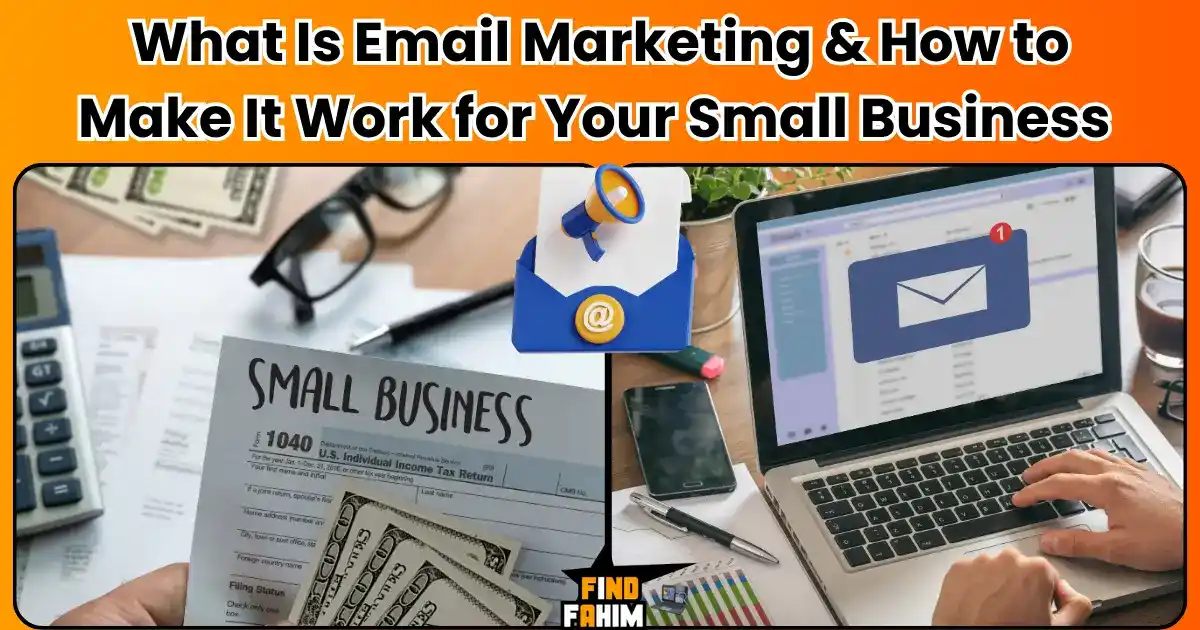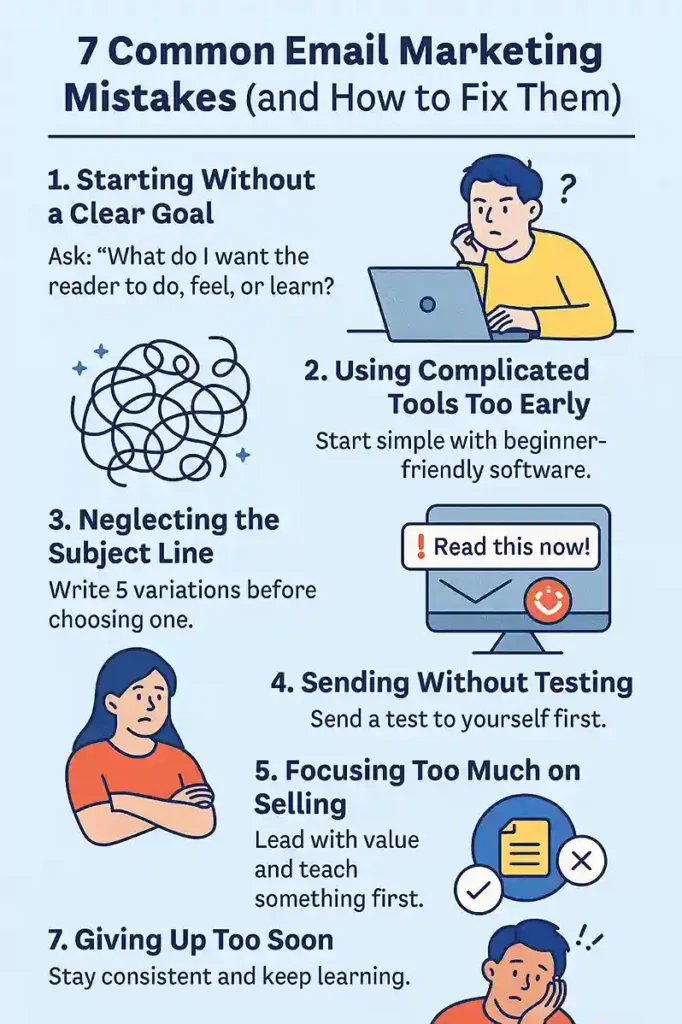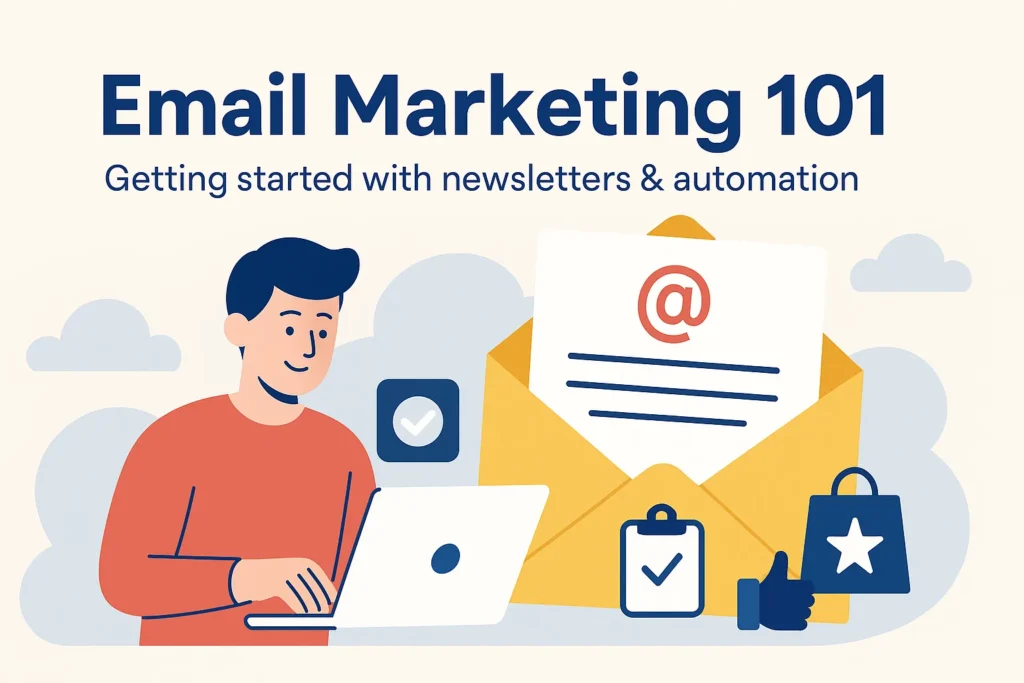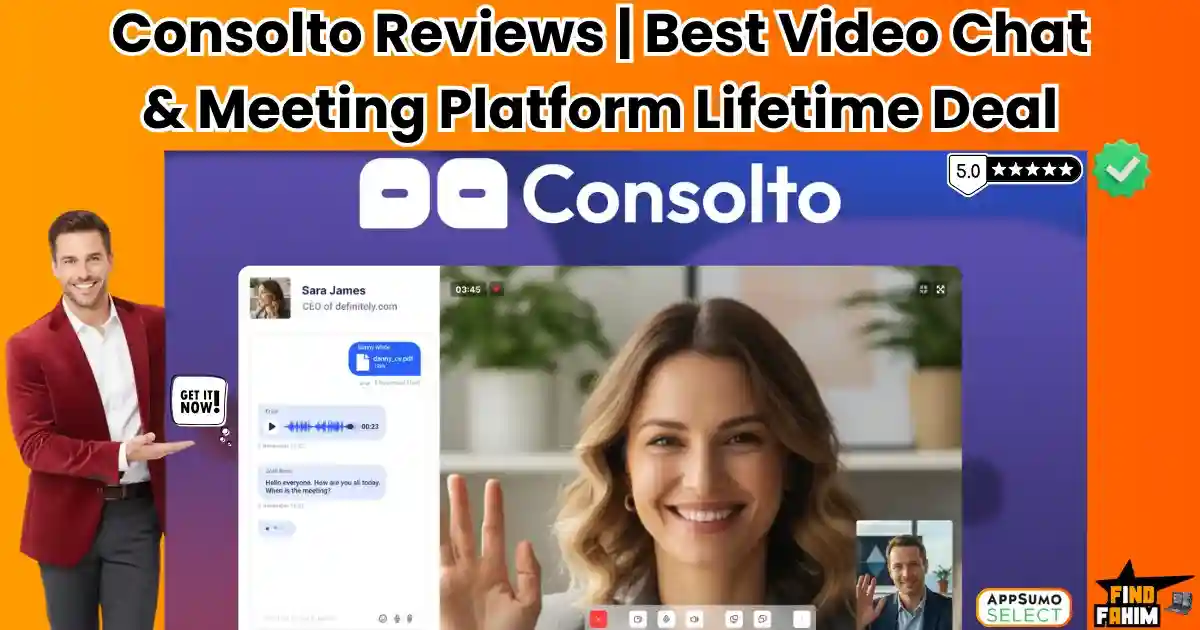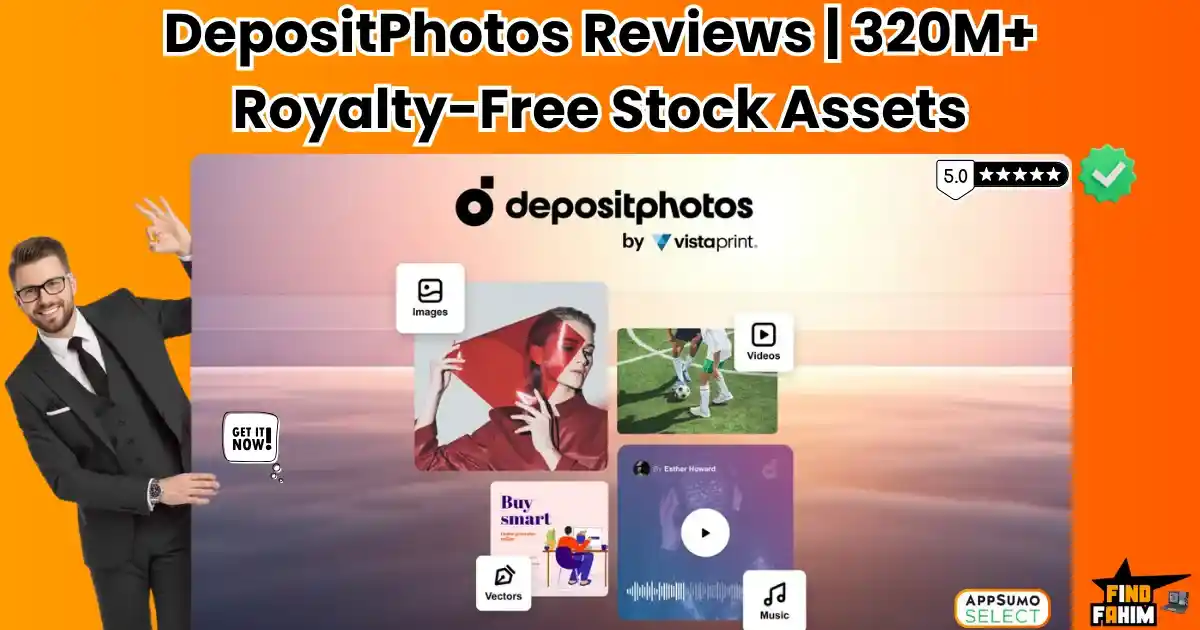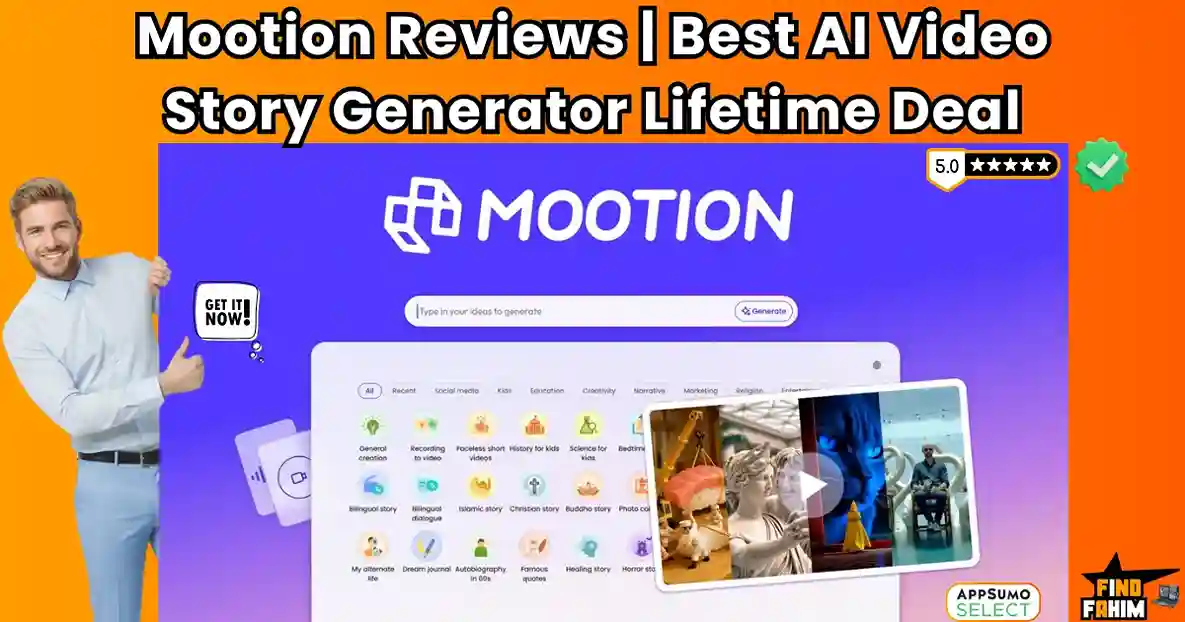Table of Contents
ToggleWhy Email Marketing Still Works in 2025
If you’re wondering whether email marketing is still worth your time, the short answer is: yes, big time.
Many small businesses think social media is everything. But here’s the truth: while likes and followers are nice, email is where the real relationships (and sales) happen. Unlike social platforms, you own your email list. You don’t need to fight algorithms to reach your audience. And with just one email, you can drive traffic, build trust, and make sales—all without spending a dollar on ads.
This article breaks down exactly what successful Email Marketing is, why it works, and how to use it for your business, even if you’re brand new or feel a little overwhelmed. We’ll keep it friendly and simple. Let’s get started!

What Is Successful Email Marketing?
At its core, email marketing means sending helpful or promotional messages to people who have permitted you to contact them.
That’s it.
It could be:
- A welcome email is sent after someone signs up on your website
- A weekly tip or story that teaches something helpful
- A product update, special offer, or seasonal promo
- A full email course or series that builds trust over time
The key thing: You’re not spamming strangers. You’re building a list of people who want to hear from you. That’s where the magic is.
Why Email Marketing Is So Powerful (Backed by Data)
Let’s look at what makes email special, especially for small businesses:
- High ROI: Successful Email Marketing delivers an average of $36–$42 return per $1 spent. It’s one of the highest ROI channels in digital marketing.
- Direct access: Unlike social media, you’re not renting attention. You own the list.
- Personalized communication: You can send messages based on actions (like signing up or clicking a link), which makes your emails feel more helpful and less like “marketing.”
- People still check email: More than 90% of adults check email daily. Even Gen Z uses email for important things.
If you want loyal customers, repeat sales, and long-term growth, email should be one of your top tools.
Who Can Use Email Marketing? (Spoiler: Almost Anyone)
Here are just a few types of businesses that use Successful Email Marketing to grow:
| Business Type | Email Use Example |
| Pet product store | Send pet care tips + product deals |
| SaaS startup | Onboard users + offer free trials |
| Coaches/consultants | Send weekly advice + book calls |
| E-commerce shops | Recover carts + send offers |
| Affiliate sites | Recommend tools + offer bonuses |
| Bloggers | Build a list + promote new content |
Even if you’re a solopreneur or just launching your first offer, email marketing fits in.
How Does Email Marketing Work?
Here’s the basic system:
Step 1: Build a List
You need people to email! This usually starts with:
- A sign-up form on your website
- A lead magnet (like a free guide, checklist, or discount)
- Clear permission (no scraping or buying lists!)
Step 2: Send Valuable Emails
Once people subscribe, you send them messages that do at least one of these:
- Teach something helpful
- Tell a story
- Solve a problem
- Make a relevant offer
Step 3: Automate & Segment
Later, you can use email automation to send sequences—like welcome series, abandoned cart reminders, or follow-up offers—without doing it manually each time.
And you can segment your audience, so people only get emails that fit their interests or behavior. This increases engagement and conversions.
Common Email Marketing Mistakes (and How to Avoid Them)
Let’s be real—email marketing isn’t always done right. Here are common beginner mistakes:
| Mistake | Fix |
| Buying email lists | Always grow your list with permission |
| Sending too many sales emails | Give value first—educate, inspire, then sell |
| Writing like a robot | Write like a human, not like a brand |
| No clear CTA | Always guide your reader on what to do next |
| Ignoring mobile design | Use mobile-friendly templates, keep emails short |
What Types of Emails Should You Send? (Ideas You Can Steal)
Here are some high-performing email types that work for almost any niche:
- Welcome Series: First 2–3 emails after someone signs up. Introduce yourself, give value, and set expectations.
- Weekly Newsletter: Quick tips, curated content, latest blog post, or personal updates.
- Educational Sequences: A mini-course or email series that solves one big problem.
- Product Emails: Announce new tools, special offers, or seasonal deals.
- Re-engagement Emails: Win back inactive subscribers with a “we miss you” email or a new offer.
- Surveys & Feedback Requests: Ask what they want, and improve based on answers.
These types not only add value but also set you up to introduce helpful tools or products later on.
Which Platform Should You Choose for Successful Email Marketing?
There are many email tools out there, but choosing the right one depends on:
- Your budget
- Your business size
- Features you need (automation, tags, integrations, etc.)
Some great beginner-friendly options available on AppSumo and similar platforms include:
| Tool | Best For | Free Plan? |
| SendFox | Simple newsletters | Yes |
| EmailIt | Small businesses & drip campaigns | Yes |
| Acumbamail | Automation + SMS | Yes |
| Encharge | Visual automations & SaaS | Free trial |
| Gumbamail | Gmail plugin users | Yes |
How to Write Emails That People Read
Getting someone to open and read your email isn’t just luck—it’s a mix of psychology, timing, and good writing. Here’s how to do it right:
1. Write a Great Subject Line
This is the first thing people see. It should be short, clear, and spark curiosity or value.
- Bad: “Newsletter #7”
- Good: “3 Quick Ways to Get More Sales This Week”
Tips:
- Keep it under 9 words
- Use action words
- Add a little emotion or mystery
2. Talk Like a Real Person
Don’t sound like a robot or big corporate brand. Imagine you’re writing to a friend.
Example:
- Instead of “We’re excited to offer you this exclusive deal…”
- Say, “Hey, I thought you might like this. It’s 40% off ‘til Friday!”
3. Keep It Short & Skimmable
People are busy. Most skim emails. Use:
- Short paragraphs
- Bullet points
- Bold for key info
- Clear call-to-action (CTA)
4. Always Offer Value
Every email should help your reader do one of these:
- Learn something
- Save time or money
- Avoid a mistake
- Discover a tool or trick
What Should You Track? (Email Metrics That Matter)
To improve your emails, track the numbers that show what’s working (and what’s not):
| Metric | What It Means | Good % |
| Open Rate | % who opened your email | 20–40% |
| Click Rate | % who clicked a link | 2–5% |
| Unsubscribe Rate | % who left | Under 1% |
| Bounce Rate | % of emails that failed | Under 2% |
If your open rates are low, test new subject lines.
If clicks are low, improve your content and CTA.
Use these numbers to guide your next move, not to feel bad.
How to Build Your First Automation (Beginner-Friendly)
Email automation sounds scary at first, but it just means your emails get sent automatically based on what your subscriber does.
Here’s how to build your first simple workflow:
Goal: Welcome new subscribers
- Trigger: Someone fills out your sign-up form
- Email #1: “Welcome! Here’s your gift.”
- Wait 2 days
- Email #2: Share your top blog post or tip
- Wait 3 days
- Email #3: Invite them to follow you or check your product
That’s it! Tools like SendFox, Encharge, or Acumbamail make this super easy with drag-and-drop builders.
Later, you can build more advanced flows, like abandoned cart emails, course sequences, or birthday discounts.
FAQs: Successful Email Marketing (and Honest Answers)
Q1. Is email marketing legal?
Yes—if you get permission before sending emails and include an unsubscribe link.
Q2. How do I grow my list without being spammy?
Offer something valuable in return for their email, like a checklist, eBook, or discount.
Q3. What’s the best email tool for beginners?
SendFox and EmailIt are both beginner-friendly and affordable. Look for tools that are simple, not overloaded.
Q4. How often should I email my list?
Start with once a week. Be consistent, not overwhelming.
Q5. Can I email people from my personal Gmail?
Technically, yes, but it’s better to use a proper email platform so you don’t hit spam folders.
Q6. Do I need a website to start?
Not always. Some tools let you create landing pages and sign-up forms without a website. But a website helps in the long run.
Q7. What’s a lead magnet?
It’s something free you offer to get emails, like a guide, a checklist, a mini-course, or a discount.
Q8. What’s the difference between a campaign and an automation?
- Campaign = A one-time email blast
- Automation = A series of emails that are sent based on triggers
Q9. What’s the #1 mistake beginners make?
Sending emails without thinking about the reader. Focus on helping, not just selling.
Q10. How long does it take to see results?
It depends on your list size and emails, but most people see engagement within weeks if they send consistently and offer value.
Final Tips & Next Steps
Successful Email Marketing isn’t magic—but it feels like it when you do it right. It lets you build deeper relationships, promote your best content, and recommend tools or offers in a way that feels natural, not pushy.
If you’re consistent, helpful, and honest, your readers will trust you. And when you recommend tools from AppSumo or other platforms? They’ll be more likely to click, try, and even buy.
Final Words: What You Can Do Today
Here’s what to do right now:
- Choose a beginner-friendly email tool (like SendFox or Emailit)
- Set up a basic sign-up form or landing page
- Offer a freebie (even a 1-page checklist is enough)
- Send your first email: short, helpful, and real
Hi, I’m Fahim — a SaaS tools reviewer and digital marketing expert with hands-on experience helping businesses grow using the right software. I research, test, and personally use a wide range of AI, business, productivity, marketing, and email tools for my agency, clients, and projects. I create honest, in-depth reviews and guides to help entrepreneurs, freelancers, startups, and digital agencies choose the best tools to save time, boost results, and scale smarter. If I recommend it, I’ve used it — and I only share what truly works.

